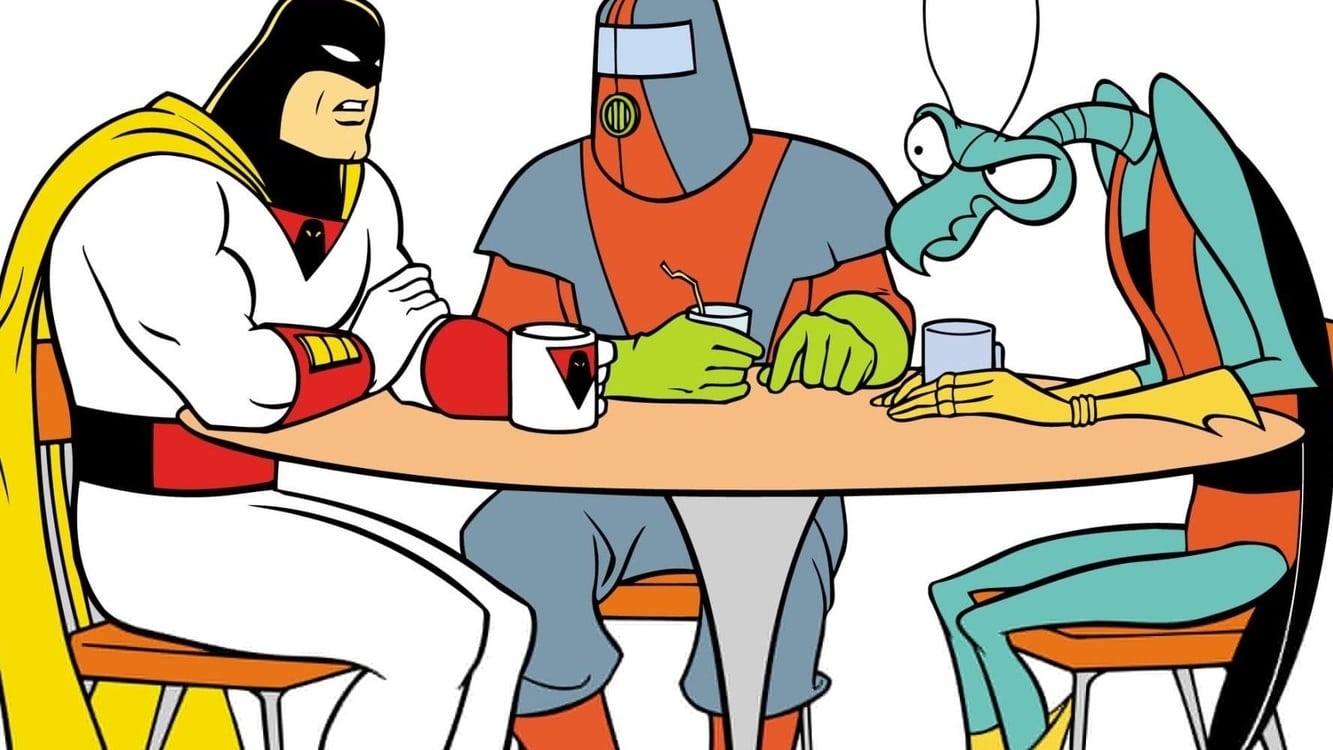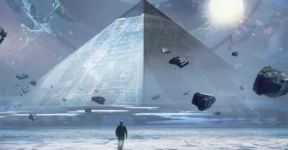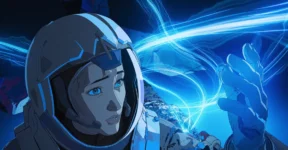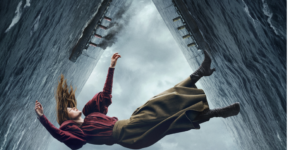Every late-night talk show seems similar to each other, but there have been quite some transformations throughout the decades with the characteristics, approaches to popular culture, political correctness, and comedic tones. Although many (if not most) shows are only little more than copies of their competitors on other networks, a select few have made a name for themselves with unique formatting filled with much-welcome oddities and absurdities. The one and only “Space Ghost Coast to Coast” certainly falls into that revered distinction.

Almost everything on the show is a botch assortment of bits taken from (or based on) other stuff. Despite the obvious lack of original ideas, each episode is wrapped in a canvas of creativity so odd to the point of blatant absurdity. Space Ghost is originally a fictional superhero designed by Alex Toth for Hanna-Barbera to be featured on an animated television series of the same name, aired on CBS from 1966 to 1967; Zorak and Moltar, who in the talk show act as the bandleader and director-producer respectively, are the villains from the same series. In Coast to Coast, they are forced to work for Space Ghost on unpaid labor deal as a punishment for their past crimes.
The 1994 revival in a talk show format differs from the cartoon series. All three main characters keep their recognizability but they have been refashioned into imprudent hosts. While the original series’ artwork remains hardly unnoticeable, and to some extent, the unpaid labor story might serve as sequel’s premise, the redesigned interactions between the characters and with the guests deliver a refreshing talk show.
Even the responses/answers by the live-action celebrities appearing on a monitor next to Space Ghost are edited for comedy. The process typically involves interviewing any big-name public figure about random things, and then retouch the responses so they can be used for whatever insane shenanigans on offer. Of course, the bit relies heavily on the interview not flowing smoothly. The result is out of the featured guest’s control, but that only means the edit is done specifically for the joke.
To say that Space Ghost Coast to Coast is a groundbreaking talk show can be quite contradictory. The idea of re-using media contents and re-contextualizing them to create something unique is nothing new, even by 1960s standard. Editing interviews for comedic effect is not uncommon as well. However, there is one thing that makes everything work as if it is a truly inventive TV: Space Ghost’s own childlike innocence combined with his unrestrained arrogance as a superhero.
At the beginning of the interviews, the guests are often asked if they have enough supply of oxygen because they are supposed to be in outer space and whether they are gifted with superpowers of any sort. In most cases, Space Ghost simply thinks every guest is another superhero like him. It has been 15 years since the last episode, and yet the show’s utter random conversations remain relevant today. Since clips and highlights are scattered all over the Internet, you may bump into an episode where Charlton Heston appears as confused as ever during the interview, Merrill Markoe ending up dating the host, or David Byrne giving a memorable villainous laugh.
Space Ghost Coast to Coast officially ended its eleven seasons run in May 2008, and yet somehow the show still makes its way to popular media over the years. Among its most popular reappearances include an interview with Zoe Saldaña in 2005 as part of a promotion for James Cameron’s Avatar, another promotional interview with Jack Black (2010) for Gulliver’s Travel, a cameo (2011) in an episode of Batman: The Brave and the Bold, and a 2012 interview with Zach Galifianakis and Will Ferrell to promote The Campaign. Space Ghost is also featured in various commercials for AT&T, Coca-Cola, Esurance, and Nestea among others.
Some say that Space Ghost Coast to Coast is the pioneer of the “Blank Stare” era in late-night talk shows, replacing and contradicting the “Snark” period. One of the most common denominators of the Snark is how the hosts regard themselves as superiors in the culture subjected to the adjudication. The hosts always try to imply that they share more or less the same good taste as the audience. Nearly the entire comedic approach relies on how the hosts ridicule popular culture from the standpoint of intellectual superiority. At the forefront of the Snark period is David Letterman, before Conan O’Brien brings a healthy dose of absurdity into the mix.
The Blank Stare era depicts the talk show hosts as the “confused” people who never really belong to the surroundings. They don’t fit anywhere and are bewildered by the supposedly normal social circumstances, forcing them to mask their incompetence and unawareness by acting in an aggressive and irrational fashion. Blank Stare era is pretty much SpongeBob SquarePants.
We think Space Ghost Coast to Coast is likely a major reason that Adult Swim exists as it is today. And thanks to Adult Swim, TV and the Internet are now filled with random Blank Stare era humours everybody likes and enjoys. The talk show also marks the revival of limited-animation style (or using it for comedic effect), which has now become a mainstay of Adult Swim. While the bizarre scenarios and sometimes borderline-annoying soundtrack can be difficult to take, Space Ghost Coast to Coast remains a highlight in late-night show history.
Do you enjoy late-night talk shows? What is your favorite Space Ghost Coast to Coast episode? We’d love to hear from you.
Other things you might want to know:
Will there be another revival of Space Ghost Coast to Coast?
Unfortunately, no. But recently during a “20 Questions on Deadline” podcast, it is revealed that Jason Segel is currently working on a script for a live-action adaptation of Space Ghost. Details are scarce and it remains unclear if the project will materialize soon. Even if it eventually does, chances are Space Ghost, Moltar, and Zorak return to their original superhero series (at least at first) rather than the talk-show format.
Why does Space Ghost look like Batman in white?
Part of the idea behind the overall appearance of Space Ghost is a picture of Adam West’s Batman on the cover of TIME. To avoid any case of mistaken identity, Space Ghost has a halo of light around his frame.
Is it true that Alex Toth, the original designer of Space Ghost, never liked the character’s ironic depiction in the talk show?
There were rumors about how Alex Toth was displeased with how his artwork was repurposed in a way that did not reflect his original intention, but it was later confirmed in several letters that Toth came around to finally see the creative side and appreciate the adaption.
Check out other articles by month:







